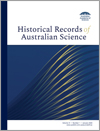
Historical Records of Australian Science
Volume 31 Number 1 2020
HR19006Engaging with Australian industry: CSIRO in the late twentieth century
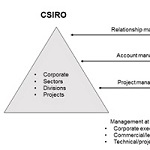
In the last two decades of the twentieth century CSIRO increased its engagement with Australian industry as part of government policies to reinvigorate the industrial sector. This paper examines three sub-periods to see how CSIRO’s approach to technology transfer varied with management changes, government policies and industry involvement. By the end of the century external pressures for industry engagement had receded as macroeconomic conditions improved and Australian industry diversified.
HR19006 Abstract | HR19006 Full Text | HR19006PDF (834 KB) Open Access Article
HR19008A bibliography of Australian mathematics to 1960 with observations relating to the history of Australian mathematics
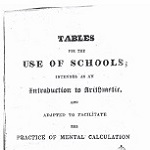
Before the expansion of the Australian university sector in 1960, the education system relied on mathematics textbooks from overseas. Nevertheless, beginning with Davies’ Tables for the Use of Schools published in Sydney in 1831, over 700 books, pamphlets and theses in, or related to, mathematics were published by Australian mathematicians in this period. Standout contributors included: Carslaw, Weatherburn and Knibbs. Image: Cover page of Davies’ Tables for the Use of Schools (1831), the first Australian schoolbook, of which a copy has survived (Mitchell Library, State Library of New South Wales).
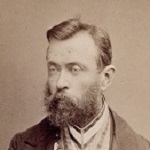
Ferdinand von Mueller had a strong interest in the possible industrial and medicinal uses of plant products (economic botany), for which he established a phytochemical laboratory and engaged the services of qualified chemists to conduct experiments on wood distillation, paper-making, essential oils, alkaloids, ash of woods and seaweeds, dyes and tanning materials, and the strength of Australian timbers. The careers of Mueller’s laboratory chemists, George Christian Hoffmann, Ludwig Rummel, and Johann Georg Luehmann are also described in this article. Photograph of Baron Ferdinand von Mueller by J. W. Lindt, ca. 1876–84, courtesy of State Library Victoria.
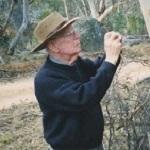
From a young age, Max Day, was curious about the natural world, especially insects. His career coincided with the expansion of CSIRO and he served on the organisation’s Executive and as the first chief of Forest Research. International and interdisciplinary in his outlook, Day was a leader in making evidence-based policy about managing the environment, notably in regard to control of rabbits with myxomatosis, the establishment of Kosciusko National Park, the Australian Conservation Foundation and ECOS magazine.
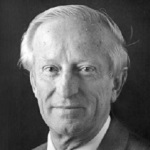
Ralph Slatyer (1929–2012) was one of Australia’s most distinguished scientists, working in eco-system science at CSIRO, ANU, and serving as Australia’s first chief scientist and first ambassador to UNESCO. Committed to ecologically sustainable utilisation of the natural environment, he was equally determined to ensure Australian science was the equal of any other country in the world.




